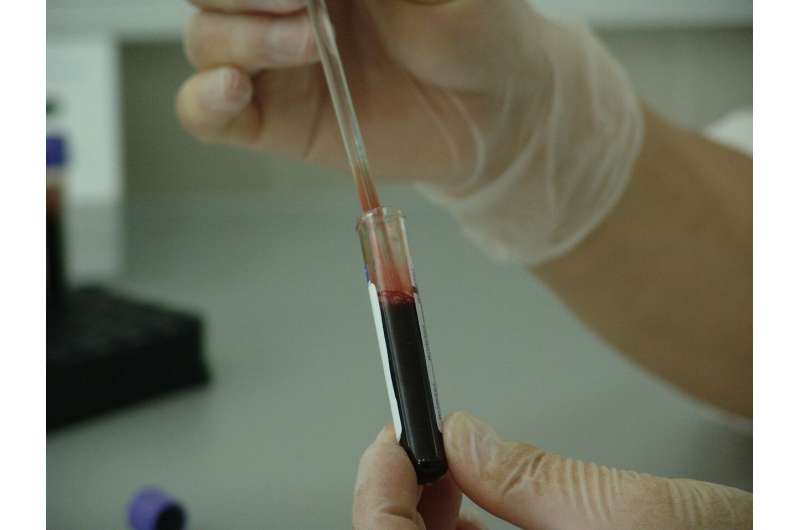
A team of scientists led by Associate Professor Haruka Ozaki of the Center for Artificial Intelligence Research at the University of Tsukuba in collaboration with Dr. Koichi Takahashi from RIKEN used mathematical algorithms to optimize the schedule of automated biology laboratory robots. By analyzing the needs of time-sensitive samples that require investigation using multiple instruments, the researchers were able to maximize the number of experiments that can be performed within time and laboratory resource constraints. This work may help in the design of future automated biology labs and other workspaces.
Biology laboratories have seen increasing automation because many tasks, like pipetting solutions or moving cells from one instrument to another, can be performed by robots. Controlling the schedule for these machines to get the most experiments done is complicated by the fact that living cells and perishable reagents often come with their own special time constraints. Previous scheduling algorithms did not focus on “time constraints by mutual boundaries,” in which there is a limited time allowed between the start or end of an operation with the boundary of another. These types of constraints occur frequently in biology, where, for example, a protein will become denatured or degraded if not processed right away.
Now, researchers at the University of Tsukuba have developed a new mathematical framework that takes into account these time constraints, along with the possibility of resource conflicts, such as limited instrument capacity. “We call our approach “S-LAB,” which stands for ‘scheduling for laboratory automation in biology,” to emphasize the special time limitations encountered in these types of facilities,” author Associate Professor Ozaki says.
Even in an age of multipurpose robots, several different types of laboratory instruments, such as thermal cyclers or evaporators, are required to execute even simple biology experiments. The robots must be programmed to shuttle the samples back and forth without the cells becoming exposed to the elements for too long. “By using the proposed scheduling method, automated laboratories can improve the efficiencies in a wide range of life science experiments,” Associate Professor Ozaki says. This research may also be applied to other industrial processes that involve perishable materials that cannot be left out indefinitely.